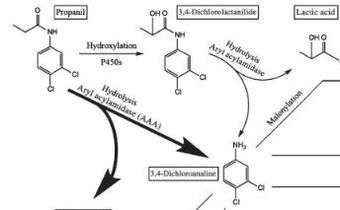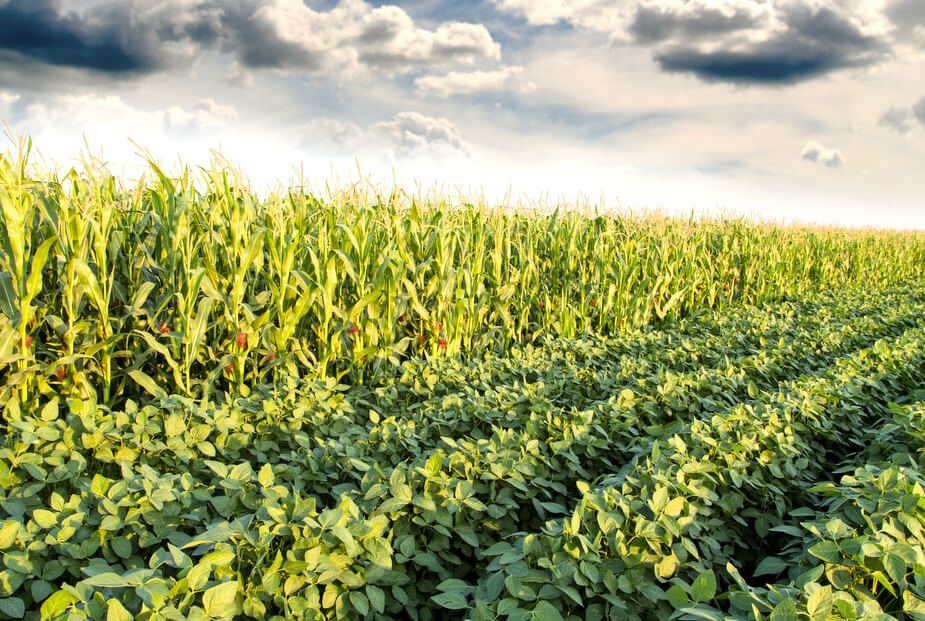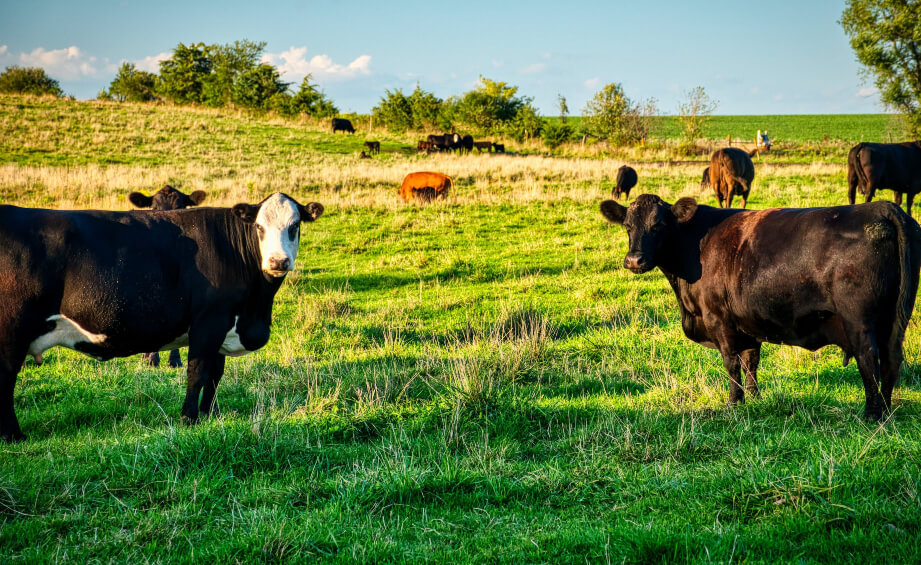O artigo descreve o mecanismo de resistência adquirida por Cyperus difformis L., planta daninha de lavouras de arroz, a herbicidas inibidores do fotossistema II
BACKGROUND:
Propanil-resistant (R) Cyperus difformis populations were recently confirmed in California rice fields. To date, propanil resistance in other weed species has been associated with enhanced aryl acylamidase (AAA)-mediated propanil conversion into 3,4-dichloroaniline. Our objectives were to determine the level of propanil resistance and cross-resistance to other PSII inhibitors in C. difformis lines, and to elucidate the mechanism of propanil resistance.
RESULTS:
The propanil-R line had a 14-fold propanil resistance and increased resistance to bromoxynil, diuron and metribuzin, but not to atrazine. The R line, however, displayed a four-fold increased susceptibility to bentazon. Interestingly, S plants accumulated more 3,4- dichloroaniline and were more injured by propanil and carbaryl (AAAinhibitor) applications than R plants, suggesting that propanil metabolism is not the resistance mechanism. psbA gene sequence analysis indicated a valine-219-isoleucine (Val219Ile) amino acid exchange in the propanil-R chloroplast D1 protein.
CONCLUSION:
The D1 Val219Ile modification in C. difformis causes resistance to propanil, diuron, metribuzin, and bromoxynil but increased susceptibility to bentazon, suggesting Val219Ile participates in binding of these herbicides. This is the first report of a higher plant exhibiting targetsite propanil resistance. Tank-mixing bentazon and propanil, where permitted can control both propanil-R and –S C. difformis and prevent the spread of the resistant phenotype.




